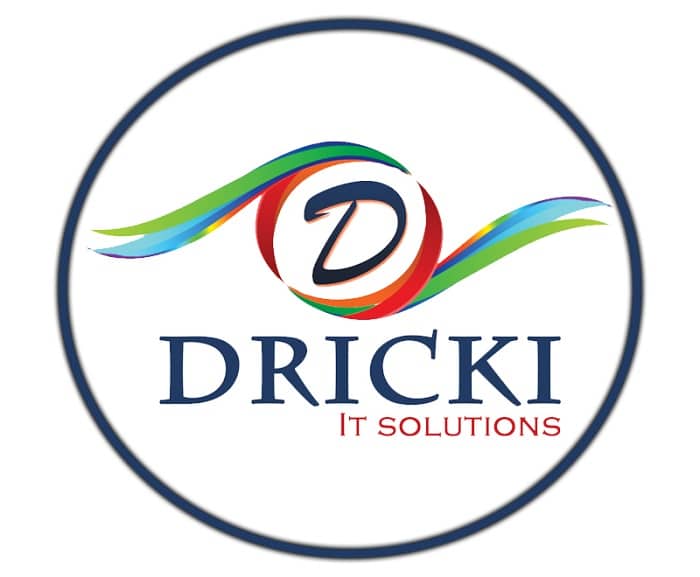Programmatic advertising has radicalized the advertising landscape in the digital world, giving enthusiastic advertisers brilliant advanced tools and methods to streamline campaigns. It is worth delving into this aspect of advertising, exploring the targeting abilities, automotive processes, real-time bidding, advertising exchanges, and the effects of data in decision-making operations. If you go about understanding the nuances of programmatic advertising, advertisers may well harness their innate potential to prompt effective and proficient advertising campaigns in the digital domain.
Programmatic Advertising – Grasping Some Concepts
Programmatic advertising means the automated buying/selling of advertisement space in real-time in the digital world. This is facilitated by using algorithms with data to optimize the delivery of ads. It replaces conventional manual systems with automated technology that allows for more proficient and focused ad placements. Reaching target audiences with clockwork-like precision, programmatic advertising enables advertisers to deliver customized ads aligned with factors like interests, demographics, and behavior.
Programmatic Advertising – Crucial Components
It is important to make a note of certain key components in programmatic advertising:
- Automation: Relying on automated processes that make the use of algorithms plus artificial intelligence to systematically manage ad campaigns, programmatic advertising proves effective. Automation gets rid of the requirement for manual intervention, letting advertisers optimize any campaigns efficiently.
- RTB or Real-time Bidding: RTB is a vital aspect of programmatic advertising. Here, ad inventory is bought as well as sold in auctions conducted in real time. Advertisers can bid on impressions made available, with the highest bidder winning the opportunity to show their ad to the particular user.
- Advertisement Exchanges: Ad exchanges serve as marketplaces in which publishers provide their ad inventory. Advertisers then bid on it. Such exchanges link demand-side platforms (DSPs) as well as supply-side platforms (SSPs), aiding the buying/selling of advertising space.
The Pros of Programmatic Advertising
The benefits of programmatic advertising may outweigh its disadvantages (if any exist at all). Here are the pros of programmatic advertising:
- Extended Targeting: Programmatic advertising manages to leverage huge amounts of data for the delivery of highly targeted ads to the appropriate audience at the relevant time.
- More Efficiency: Programmatic advertising automates many manual processes, saving time and effort, and bringing down human errors. Advertisers can set predetermined regulations and parameters resulting in optimal delivery of campaigns, leading to cost-effective operations and time-saving systems.
- Optimization in Real-time: Programmatic advertising gives rise to real-time tracking/optimization of campaigns. Advertisers are able to monitor campaign performance. They can make adjustments on the go, making sure that ads deliver desired outcomes.
The Cons of Programmatic Advertising
Programmatic advertising may check all the right boxes with advertisers for its many perks, but there are some disadvantages to be wary of:
- Fraud: Programmatic advertising can be susceptible to what is called “ad fraud”. Here, dishonest or fraudulent activities like false impressions/non-human traffic may affect campaign performance.
- Safety of Brands: Programmatic advertising may lead to ads appearing alongside content/websites that may not be aligned with the values of a certain brand.
- Transparency: Programmatic advertising is involved with multiple intermediaries plus complex processes, which may lack transparency.
Decision-Making – The Data-driven Way
One of the main advantages of programmatic advertising is its prime reliance on data-driven processes of decision-making. Any advertisers could have access to huge amounts of data, including demographic information, user patterns, and contextual details, all of which may be used to give clues to campaign plans and strategies. When advertisers analyze data, they could likely gain helpful insights into target audiences, identify particular trends, and make decisions.
Data-driven decision-making in programmatic advertising gives an edge to all advertisers to optimize ad creative, ad targeting, and campaign variables based on performance metrics in real-time. Advertisers can identify which keywords, ad placements, and audience segments may generate the highest degree of engagement and allocate budgets accordingly. This process of data analysis is iterative, and optimization aids advertisers to refine campaigns, compel better results, and rake up their return on investment.
Privacy Concerns – Issues in Programmatic Advertising
As programmatic advertising relies primarily on data collection as well as user tracking, there are specific privacy concerns that have arisen. Advertisers have to adhere to data privacy laws/regulations and adopt best practices to prioritize data protection and consent by users. Transparency in data collection, use, and storage is of the essence to maintain trust.
Advertisers need to implement measures ensuring compliance with laws/regulations like the General Data Protection Regulation (GDPR) and the California Consumer Privacy Act (CCPA). They should also bring clear privacy policies to the table, highlighting options for users to carefully manage their data and preferences.
The Final Word on Programmatic Advertising
Programmatic advertising has totally transformed the digital advertising arena, where advertisers use advanced targeting abilities, real-time optimization systems, and automation. Nevertheless, challenges exist, and consumers and programmatic advertisers should be mindful of those.



